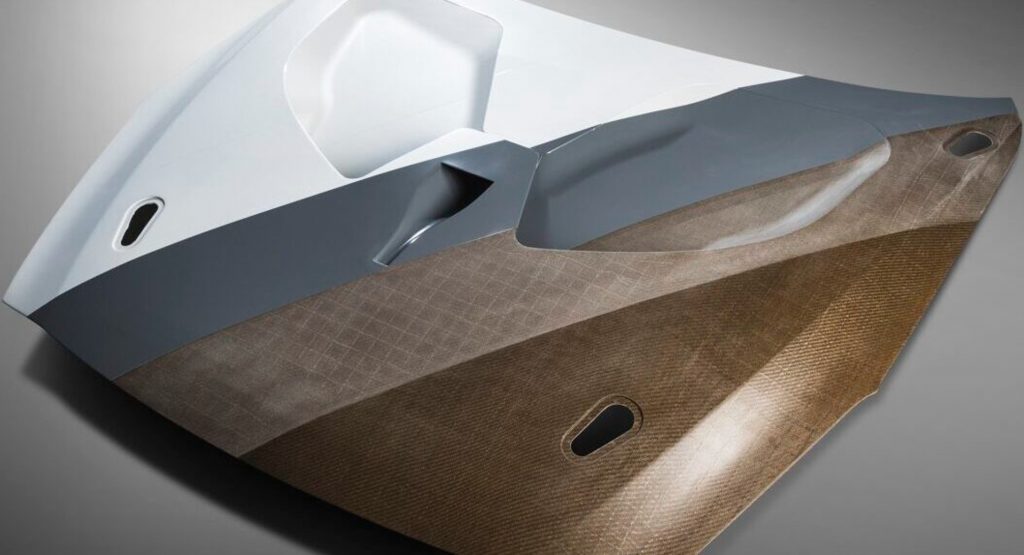The average real carbon fiber aftermarket part is dramatically more expensive than a conventional aluminum or steel part. Sure, some of that price has to do with the demand for those parts but there’s a lot more too. Carbon fiber parts are incredibly expensive to create. Even ones made en masse by OEM manufacturers are pricey.
That high cost typically comes down to two major parts of the process. The first is the actual creation of the form. Carbon fiber is typically formed by laying up multiple weaves of carbon fiber into a mold, vacuum compressing it into shape, and then baking it at up to nearly 400deg F. That process takes a great deal of time and energy.
Baking the form alone can cost as much as $670 per cycle in the more extreme cases. Did we mention that multiple cycles are required for each part? Of course, some have tried to work around these stipulations by creating new ways to fabricate carbon fiber pieces. Lamborghini famously created their own RTM-Lambo carbon fiber production line after patenting Forged Carbon Fiber for its Sesto Elemento supercar.
Related: Spice Up Your BMW M8 Gran Coupé With Zacoe’s Carbon Fiber Aero Kit
Still, no efforts to the point have resulted in drastic improvements in the total energy or time it takes to create carbon fiber parts. Now, one company says that they’ve found a way to make substantial improvements. They even say that their new method should diminish the total time needed to create parts and drastically reduce the energy requirement too.
That company is Retrac, and their CEO, Dan Walmsley, recently laid out their work to Just-Auto. He says that their new process of carbon fiber fabrication combines both dry matting and premixed resin to reduce steps. Then the company’s 60-tonne screw press goes to work. It does the job of compressing the part and vacuuming out any air pockets all while compression is taking place.
Since the press uses electric servos instead of hydraulics, Walmsley says that it has super-fine motor control down to the millimeter. He provided just one example saying that a body panel that they’re working on can be completed in just four minutes. Compare that to the traditional autoclave at 360 minutes minimum and the time savings is obvious.
We know that Retrac is working with low-volume manufacturers already. What we hope now is that this kind of tech trickles down to the aftermarket sooner rather than later.





